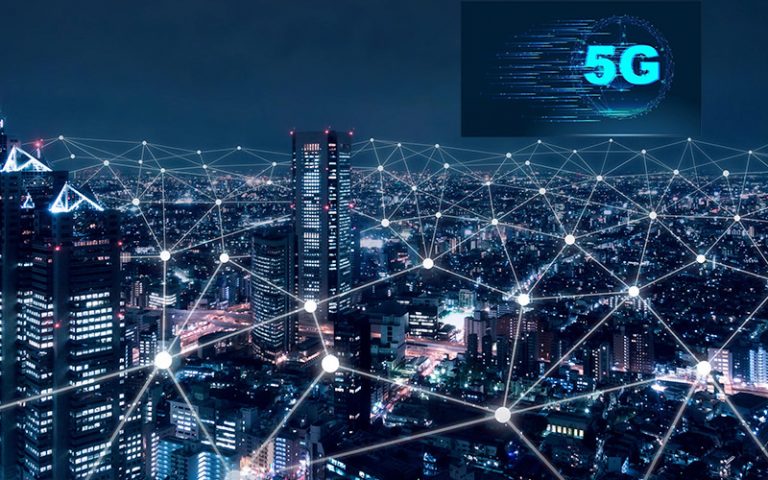This article focuses on the subject of 5G radiation, which is a non-ionizing form of electromagnetic radiation. Because 5G radiation is small, it doesn't possess the capability of breaking the bonds between chemical molecules in biological tissues or cause any changes to cells. It isn't known if 5G radiation affects the risk of developing skin cancer. No evidence has been found to suggest that it can cause other illnesses.
Millimeter-wave radiation with high frequency

High-frequency millimeter-wave radiation from mobile devices and wireless networks could cause health effects to humans. There are a few different ways this radiation could cause harm. In some instances the radiation could cause damage to a person's DNA. In other cases, it may cause damage to other parts of the body, like the brain.
Recent research has shown that 5G technology can result in tissue heating. In the aftermath, researchers from the International Council on Non-Ionizing Radiation Protection (ICNIRP) has asked to review the current safety standards for biological and thermal safety. The current standards of exposure are not adequate to protect individuals from extreme heat in the event of exposure to millimeter wave pulses.
Skin cancer risk
There is no definitive answer to the question of whether the 5G radiation causes skin cancer. However, 5g radiation symptoms is believed that 5G RF EMFs behave as high-LET ionizing radiations. As a result, they can cause large amounts of free radicals in the skin. The FCC hasn't issued any specific guidelines about the dangers of 5G technology. Consequently, the debate is ongoing.
Although there has been a variety of studies on the effects of higher-frequency radio waves on the health of humans however, their research has been small in extent. However, there is concern over the effects of millimeter-wavelength exposure on oxidative stress and gene expression. These effects may extend to the skin and other organs, such as the brain.
The impact of other illnesses
A new generation of wireless technology, called 5G, is rapidly growing in popularity, but scientists are warning about its potential health risks. The technology will significantly increase the amount of electromagnetic radiation in our surroundings. This issue has sparked debates in many countries including Switzerland. In September 2017 390 doctors and scientists were in favor of the suspension of 5G technology. This motion was not heeded by the European Commission, which is responsible for monitoring the use of 5G technology.
Therefore, more research is needed to assess the health effects of 5G. While we wait, studies have shown that 5G doesn't cause the same negative effects in humans as old mobile networks. Additionally, it does not transmit the new coronavirus type. Furthermore, it does not make people more susceptible to infections caused by viruses.
Exposure measurement
The measurement of the radiation exposure of 5G is a crucial aspect of the security of 5G networks. There are two methods to gauge exposure. One is to measure the RF power that is absorbed by human tissue. The other involves measuring the amount of radiofrequency energy emitted through an object. Radiofrequency energy (RF) refers to an electromagnetic field of energy that originates through radio transmitters.
The United States, the FCC has imposed a restriction on the power density of 5G mobile devices. These tests only measure power density at the distance of only a few inches. it is the FCC does not have to measure every beam. However how much power is generated by each beam can be determined by computer simulation. 5g radiation symptoms is then selected depending on the design of each beam.
Limitations of the study
There's been plenty of discussion over whether 5G radiation will affect human health. For instance, the Swiss government, for example, has produced an assessment that concludes that the technology has no adverse health effects in the short term however, there aren't any studies that show long-term effects. However, this report contains several issues, including biased reportage.
The power and frequency of radio waves that generate energy will depend on the frequency. The energy that is carried by a millimetre wave will be the same as the current radio waves however they will be less visible and are ideal for high-density settings, since they will not be easily blocked by glass or walls. Highly dense urban areas will require a high number of smaller, low-power locations, while suburban areas would benefit from 5G networks that operate at lower frequency.
